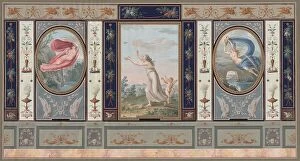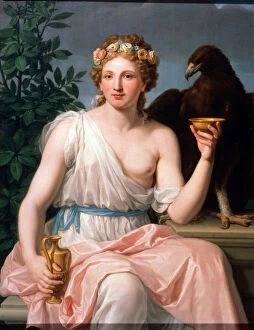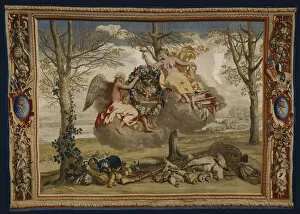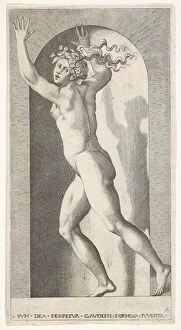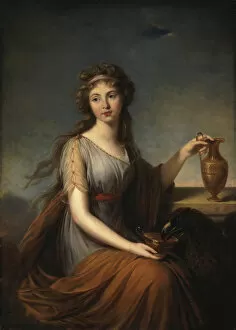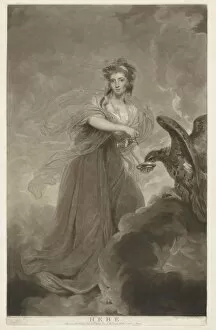Juventas Collection
"Juventas: The Eternal Youth in Art" Step into the world of Juventas, the goddess of youth and vitality, as depicted throughout history by various artists
All Professionally Made to Order for Quick Shipping
"Juventas: The Eternal Youth in Art" Step into the world of Juventas, the goddess of youth and vitality, as depicted throughout history by various artists. From ancient mythology to more recent interpretations, it has captivated audiences with her timeless beauty. In Francisco Javier Ramos y Albertos' masterpiece "Hebe, " painted in 1784, we see a radiant depiction of the youthful goddess. Her ethereal presence is further emphasized by the delicate brushstrokes that bring her to life. The Gobelins Manufactory's portrayal of Winter from "The Seasons" series transports us back to Paris in the 1700s. Here, Juventas takes on a different form as she embodies the cold season, reminding us that even winter holds its own unique charm. Francois Rude's sculpture "Hebe and the Eagle of Jupiter" showcases his remarkable talent for capturing movement and emotion. This piece, created in the mid-19th century, immortalizes Juventas' role as cupbearer to Zeus himself. Gaston Bussiere's interpretation in his artwork titled simply "Juventas" brings a touch of modernity to this ancient deity. Created during the early 1900s, Bussiere's work reflects a shifting artistic landscape while still paying homage to classical themes. Victor Duruy's illustration from his book "History of Greece, " published in 1890 but digitally enhanced here, offers an insightful glimpse into how Hebe was perceived during that era. The intricate details highlight her significance within Greek mythology and culture. In another mythological scene captured through artistry known as "Jupiter and Juno being received in heaven by Ganymede and Hebe, " we witness Hebe alongside other divine beings welcoming their celestial counterparts with grace and elegance. Jean-Marc Nattier's portrait entitled "Madame Le Fevre de Caumartin as Hebe" showcases the artist's ability to capture the essence of his subject.



